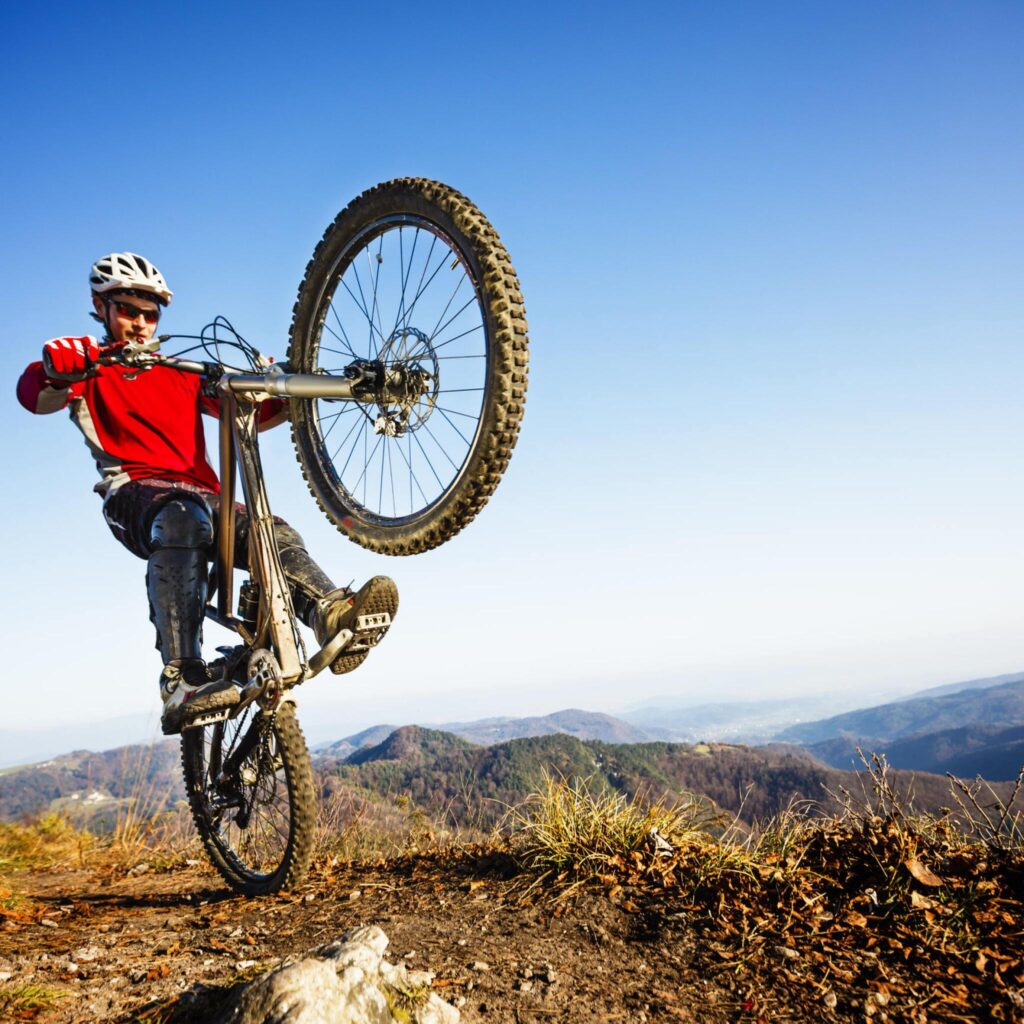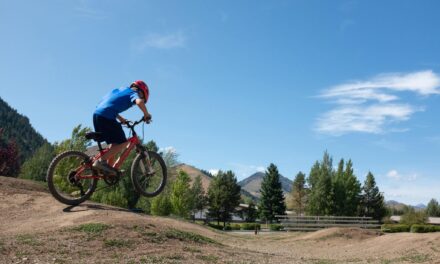Embarking on the wheelie bicycle journey transcends mere trickery; it’s an exploration into the nuanced ballet of balance, momentum, and precision. This act of lifting the front wheel of the wheelie bicycle and gliding on the rear one is not just about flaunting one’s cycling prowess; it’s a testament to the rider’s deep communion with their bicycle, understanding its every nuance and responding with finesse. The wheelie bicycle becomes more than a mode of transport; it’s a partner in the dance of dynamics, where every shift in weight and pedal stroke matters.
To master the wheelie bicycle, enthusiasts must dive into the physics that underpin this balancing act, discovering the perfect pivot point that transforms effort into elegance. It involves more than physical strength; it demands mental resilience, patience, and a strategic approach to practice. Each attempt brings the rider closer to that moment of equilibrium, where the bike seems to float, and the world blurs into the background.
Table of Contents
This guide is designed to escort riders through the intricacies of the wheelie bicycle, from selecting the right equipment to executing the balance with grace. Whether you’re a novice eager to lift off for the first time or a seasoned cyclist refining your wheelie technique, the secrets unveiled here promise to enrich your ride, making every wheelie not just a trick, but a moment of pure cycling bliss.
Wheelie Bicycle Secrets: Unlock the Ride
This guide delves into the intricacies of the wheelie bicycle maneuver, a skill that encapsulates balance, control, and the unadulterated joy of riding on two wheels. Here, we’ll explore everything from the initial preparation to advanced techniques, ensuring you’re equipped to embark on this exhilarating quest.

Understanding the Wheelie Bicycle
A wheelie involves lifting the front wheel of the bicycle off the ground and balancing exclusively on the back wheel. This act requires a precise blend of technique, timing, and balance. Far from being just a trick, mastering the wheelie bicycle can enhance your overall biking skills, improve your balance, and deepen your understanding of how your bicycle responds under different conditions.
Choosing the Right Wheelie Bicycle
Selecting an appropriate bicycle is paramount. While almost any bike can be used for a wheelie, certain features make some bicycles better suited for this task. Lightness and durability are key; therefore, mountain bikes and BMX bikes are often preferred due to their robust frames and responsive brakes. Additionally, the bike’s geometry can affect your ability to find and maintain the balance point; a slightly shorter wheelbase and a comfortable seat height are beneficial.
Gear Up for Safety
Before you begin, donning the appropriate safety gear is essential. A helmet, gloves, and knee pads will protect you from the inevitable falls as you learn. Safety is paramount, as even the most experienced riders can have accidents.
Finding the Perfect Practice Spot
Your practice environment plays a significant role in your learning curve. Choose a flat, open area with a soft surface, like grass, which can minimize injuries during falls. Avoid crowded places to reduce distractions and potential accidents with bystanders.

The Anatomy of a Wheelie Bicycle Trick
Breaking down the wheelie into manageable steps can make learning this skill more approachable.
- The Lift-off: Initiate at a slow to moderate pace in a low gear. Compress your legs and lower your body close to the seat, then quickly lean back while pulling up on the handlebars. Use a forceful pedal stroke with your dominant foot to help lift the front wheel.
- Finding the Balance Point: This is where the magic happens. The balance point is a position where the bike feels almost weightless. It varies slightly from bike to bike and person to person. Achieving a few seconds of balance is a significant first milestone.
- Maintaining the Wheelie: Once you’re at the balance point, maintain your wheelie through careful pedaling and minor shifts in your body’s position. Leaning slightly back increases height, while pedaling adjustments help maintain balance.
- Controlled Landing: To end the wheelie, gently lean forward to lower the front wheel, easing it back to the ground. This should be done smoothly to avoid a harsh impact.
Key Techniques for Mastery
- Brake Control: Learning to use your rear brake effectively is crucial for wheelie control. Lightly tapping the brake can help adjust your balance and prevent falling backwards.
- Consistent Practice: Like any skill, consistency is key. Dedicate time daily to practice, and be patient with your progress.
- Observation and Learning: Watching skilled riders can provide insights and inspiration. Online tutorials, social media, and cycling clubs can be invaluable resources.
Overcoming Challenges
The path to wheelie mastery is fraught with challenges. From initial struggles to find the balance point to mastering brake control, each rider faces their own set of hurdles. Embrace these challenges as part of the learning process. Reflect on each attempt to understand what worked and what didn’t, adjusting your technique accordingly.
Advanced Wheelie Bicycle Techniques
As you become more comfortable with basic wheelies, you can explore advanced techniques to enhance your skills and add flair to your rides.
- One-Handed Wheelies: Once you’re confident in your balance, try lifting one hand off the handlebar. This requires even greater control and balance but adds an impressive element to your wheelie.
- Standing Wheelies: Performing a wheelie while standing on the pedals can offer a new challenge and a different feel. This variation demands more strength and finesse.
- Long-Distance Wheelies: Challenge yourself to maintain a wheelie for longer distances. This tests your endurance and ability to adjust to changing conditions.

The Mental Game
Mastering the wheelie bicycle trick is as much a mental challenge as a physical one. Confidence, focus, and perseverance are essential qualities. Cultivate a positive mindset, visualize your success, and approach each practice session with determination.
Joining a Community
Engaging with a community of fellow cyclists can provide support, advice, and motivation. Whether it’s through online forums, social media groups, or local










